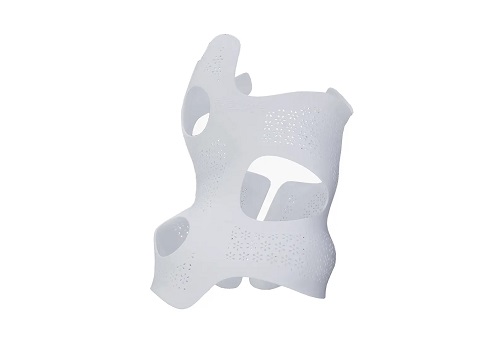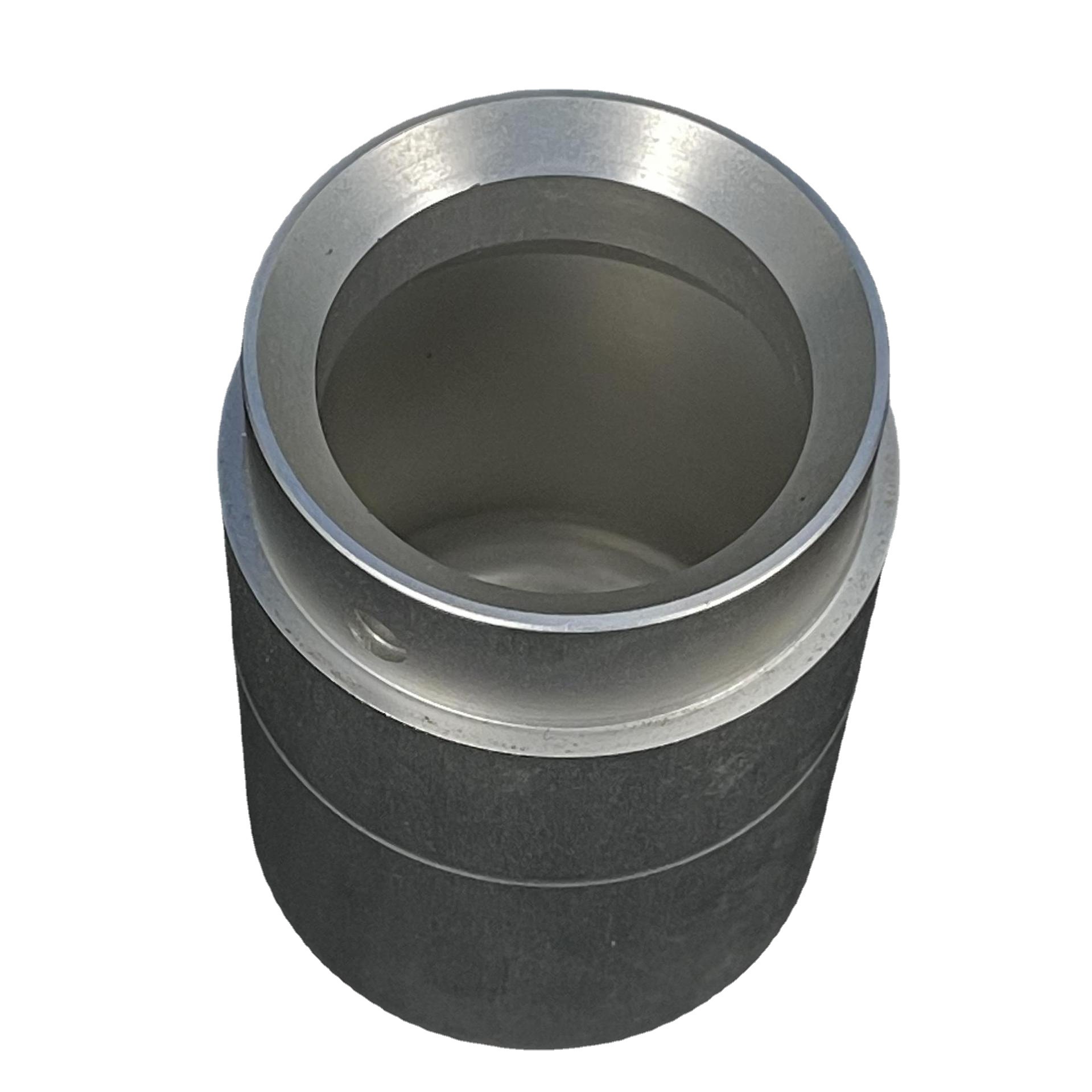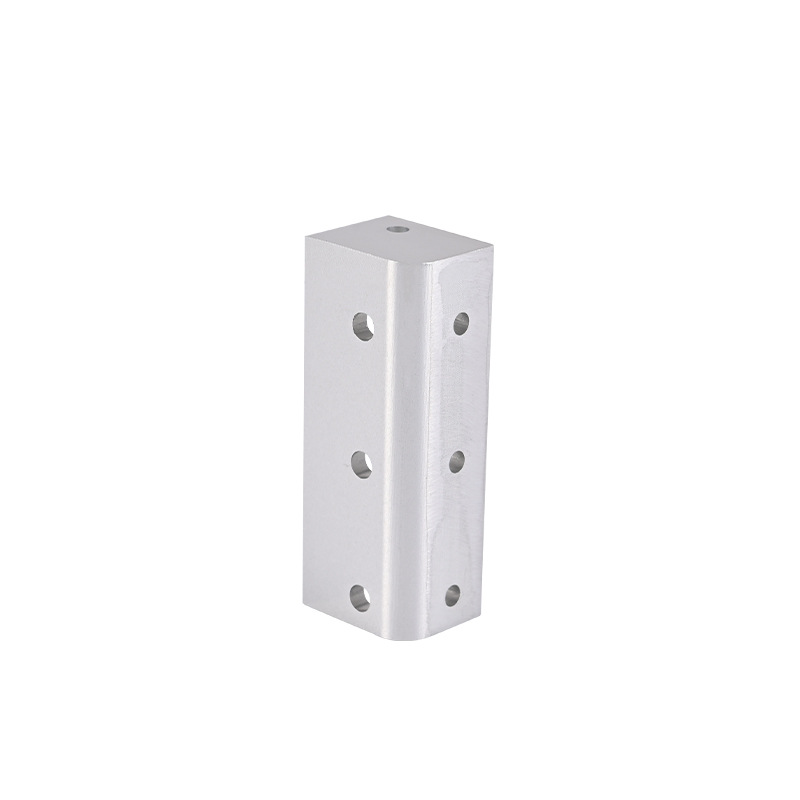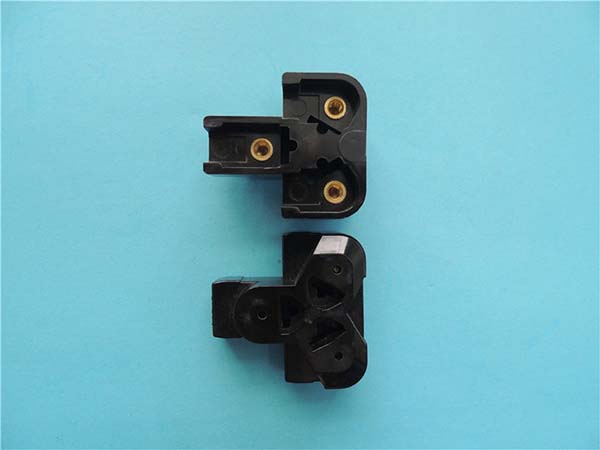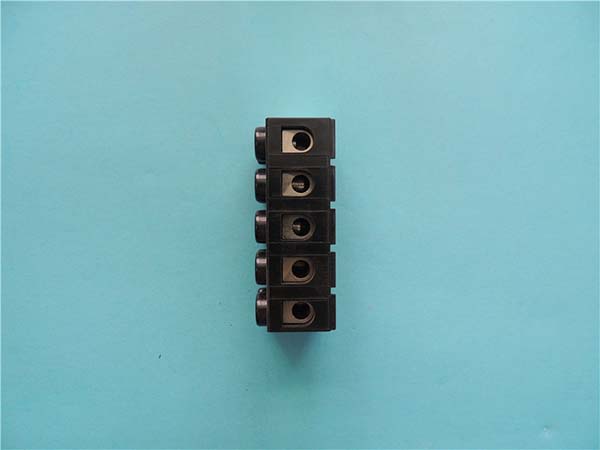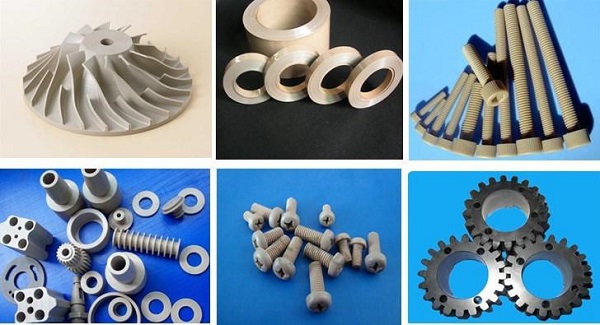Introduction to Large-Scale 3D Printing
Large-scale 3D printing, also known as additive manufacturing, is rapidly transforming industries, particularly manufacturing and construction. This advanced technology enables the creation of intricate structures and components with unparalleled precision, reduced waste, and optimized material use. Beyond improving production efficiency, large-scale 3D printing opens up new possibilities for sustainability, allowing for the use of recycled materials in manufacturing and construction processes. By enabling rapid prototyping, customized designs, and reduced supply chain dependencies, this technology is reshaping how products and buildings are made.
What is Large-Scale 3D Printing?
Large-scale 3D printing involves the creation of three-dimensional objects by adding material layer by layer, based on a digital design. Unlike traditional subtractive manufacturing methods, which carve out material from a larger block, additive manufacturing builds parts from the ground up. This layer-by-layer approach significantly reduces material waste and provides design flexibility that traditional methods cannot match.
Key Components of Large-Scale 3D Printing:
- 3D Printer: The hardware that deposits material to build the object.
- Material: A range of materials can be used, including plastics, metals, concrete, and composites.
- Software: CAD (Computer-Aided Design) software generates a digital model, while slicing software breaks the model into printable layers.
- Control System: This manages the printer's movements and controls the material deposition process.
How It Works
- Design Phase: A 3D model is created using CAD software.
- Slicing: The model is divided into thin, horizontal layers (slices).
- Printing: The 3D printer follows these slices to build the part layer by layer.
- Finishing: Post-processing steps such as curing, sanding, or painting may be needed, depending on the material and application.
Historical Development
The Early Beginnings
The roots of 3D printing date back to the 1980s when Chuck Hull invented stereolithography, the first commercial 3D printing process. This technology utilized ultraviolet light to cure photopolymer resin, building objects layer by layer.
Evolution and Expansion
Since then, the 3D printing landscape has evolved significantly, with new technologies emerging, such as Selective Laser Sintering (SLS) and Fused Deposition Modeling (FDM). More recently, large-scale 3D printing technologies like concrete 3D printing and metal 3D printing have become mainstream, enabling the production of larger and more complex structures.
Key Milestones
- 1984: Chuck Hull patents stereolithography.
- 1986: 3D Systems introduces the first commercial 3D printer, the SLA-1.
- 2000s: Open-source 3D printing technologies, like RepRap, expand access to 3D printing.
- 2010s: Large-scale 3D printing begins to gain traction in industries like aerospace, automotive, and healthcare.
Applications in Manufacturing
Customization and Rapid Prototyping
Large-scale 3D printing offers an unparalleled advantage in customization and rapid prototyping. This is particularly important in industries where product life cycles are short and differentiation is key to maintaining a competitive edge. By enabling on-demand production and rapid iteration, companies can reduce time-to-market, adapt to customer needs, and introduce innovative designs quickly.
Supply Chain Optimization
One of the most powerful applications of large-scale 3D printing is its ability to streamline supply chains. By producing parts and products on-demand, companies can reduce the need for large inventories, minimizing storage costs and mitigating the risks associated with overproduction or supply chain disruptions. This "just-in-time" production model enhances logistical efficiency, reduces lead times, and enables businesses to respond more dynamically to market changes.
Cost Reduction
The additive nature of 3D printing reduces material waste compared to traditional methods. This not only cuts down on material costs but also decreases post-processing expenses. Additionally, complex parts can be produced in a single step, reducing the need for multiple manufacturing processes and assembly lines. This results in significant savings, particularly when producing parts with intricate geometries that would be difficult or expensive to manufacture using traditional methods.
Applications in Construction
Building Components and Entire Structures
In the construction sector, large-scale 3D printing is making a huge impact by enabling the production of building components like walls, floors, and even entire buildings. Concrete 3D printing is one of the most notable applications, allowing for the rapid construction of residential and commercial buildings. This method reduces labor costs, shortens construction timelines, and offers a more efficient use of resources.
For example, 3D printing can create customized architectural elements, such as curved walls or complex facades, that are difficult to produce using conventional construction methods. This flexibility in design allows architects and builders to push creative boundaries and explore new possibilities in construction.
Sustainable and Eco-Friendly Practices
One of the major advantages of large-scale 3D printing is its ability to support sustainable construction practices. The precision of 3D printing ensures that material is used efficiently, minimizing waste and reducing the environmental impact of construction projects. Additionally, the ability to incorporate recycled materials, such as concrete made from recycled aggregates or plastic waste, further enhances the sustainability of 3D printing in construction.
Moreover, the energy efficiency of 3D printing processes can contribute to lower carbon emissions compared to traditional construction methods, making it an attractive option for environmentally-conscious developers and contractors.
Benefits and Challenges
Benefits
- Material Efficiency: By using only the required amount of material, large-scale 3D printing minimizes waste, which leads to cost savings and a smaller environmental footprint.
- Customization: The ability to create unique, complex designs without the constraints of traditional manufacturing methods offers new opportunities for innovation in both manufacturing and construction.
- Faster Production: 3D printing can significantly reduce production and construction times, accelerating the delivery of products and buildings.
- Cost Savings: Reduced material usage, faster production timelines, and fewer labor costs contribute to substantial savings for manufacturers and construction companies.
Challenges
- Technical Limitations: While 3D printing can produce intricate designs, the technology still faces challenges with material selection, printer reliability, and the complexity of some parts that may require additional post-processing.
- Integration with Existing Systems: For large-scale 3D printing to become widely adopted, manufacturers and construction companies need to integrate it into their existing processes and supply chains, which may require training, investment in new equipment, and adjustments to workflows.
- Regulatory and Standards Compliance: The construction industry, in particular, faces regulatory challenges. 3D-printed buildings must meet safety standards, and ensuring compliance with building codes can be a time-consuming process.
FAQs
What materials can be used in large-scale 3D printing?
Large-scale 3D printing supports a wide array of materials, ranging from plastics (such as ABS, PLA, and PETG) to metals (such as titanium and aluminum), and concrete for construction. More innovative uses include composites, biomaterials, and recycled aggregates, enabling applications across various industries, from automotive to sustainable building.
How does large-scale 3D printing contribute to sustainability?
Large-scale 3D printing promotes sustainability by reducing material waste and optimizing material usage. It allows for the use of recycled and eco-friendly materials, cutting down the environmental impact of production and construction. The precision of 3D printing also ensures minimal waste during the fabrication process, which is a major improvement over traditional manufacturing methods.
What are the main challenges of large-scale 3D printing?
Despite its advantages, large-scale 3D printing still faces several challenges:
- Technical Constraints: Issues like printer reliability, material limitations, and the need for post-processing can complicate production.
- Logistical and Integration Hurdles: There’s a need for specialized training, equipment integration, and changes to traditional workflows, which can create obstacles to adoption.
- Regulatory Challenges: In sectors like construction, adherence to safety and building codes remains a key concern.
Conclusion
Large-scale 3D printing is reshaping the manufacturing and construction industries by offering customization, cost savings, sustainability, and design flexibility. While challenges remain, ongoing innovations and improved materials are likely to unlock even greater potential for these industries. As the technology matures, large-scale 3D printing is poised to become an integral part of how we build and manufacture in the future, driving efficiency, innovation, and sustainability across sectors.

